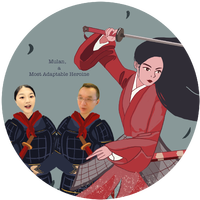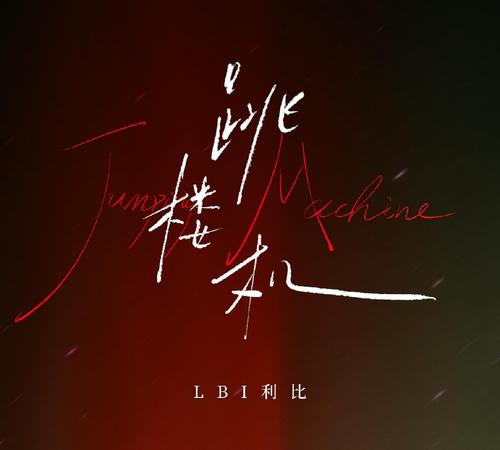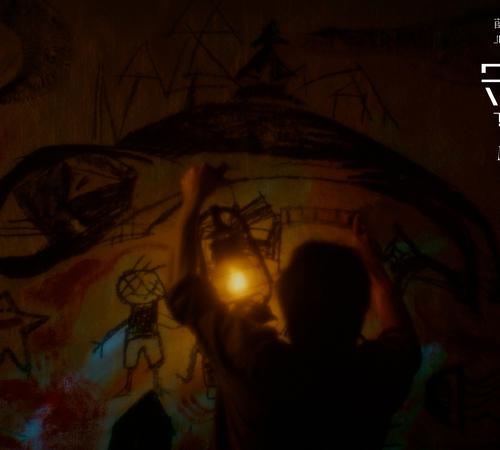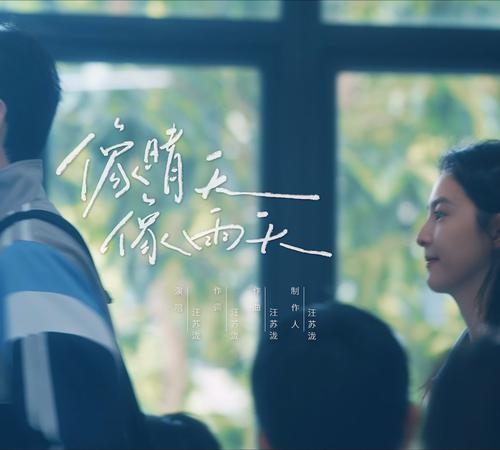
【高翻带你学翻译】每个时代都有女英雄,真人电影再讲东方花木兰(英语PK台)
周二三四下午2点视频直播:【一直播】英语PK台 微信公众号:【英语PK台】推送直播全文本 京晶抖音:1604401542 趣味英语学习小视频 B站官方:英语PK台 直播视频精华剪辑 从《木兰辞》到《花木兰》:每个时代都有自己的女英雄 Mulan, a Most Adaptable Heroine:There’s a Version for Every Era 第一段: When rumors of a live-action, nonmusical version of “Mulan” began to trickle out a few years ago, many hard-core fans of the 1998 Disney original groused. No big musical numbers and soaring ballads? No Mushu, the wisecracking dragon, or Li Shang, the movie’s clearly conflicted love interest? No “Reflection”? Many felt that the filmmakers were being unfaithful to the Mulan legend — or at least to Disney’s own version of it. But Mulan has always been the most adaptable of heroines. Long before fans criticized Disney for taking liberties with their beloved animated heroine, poets, writers, playwrights and filmmakers had been creating scores of wildly different versions of the legendary woman warrior. In some, she’s a hardened army general; in others, she has magical powers; in yet others, she’s a crack shot with a bow. In one animated version, she’s a bug. 第二段 Over the centuries, she’s been celebrated in stage plays and operas, in musicals and TV series, in picture books and novels and young-adult fiction. On the big screen, she’s starred in silent movies (“Hua Mulan Joins the Army” from 1927); a gorgeous, full-color musical by the legendary Shaw Brothers (“Lady General Hua Mu-Lan,” 1964); a gritty, action-filled war epic (“Mulan: Rise of a Warrior,” from 2009, with Zhao Wei) — as well as a certain Disney animated movie, featuring a tiny red dragon. In the latest “Mulan,” premiering Sept. 4 on Disney+, the Chinese-American actress Yifei Liu stars in a tale that blends stunning battle sequences (the film’s $200 million budget included a portion for 80 trick riders from Kazakhstan and Mongolia) with a story that makes much of the story’s gender-bending subtexts. And while there’s no Mushu (“we really needed Mulan to face her own challenges and make her own decisions,” the director Niki Caro noted), there are several references to the 1998 animated film. There are also nods to various older versions of the story, most notably the “Ballad of Mulan,” the poem from the fifth or sixth century that started it all. 第三段 “Ballad of Mulan” is a relatively simple tale, only six stanzas long: Mulan leaves her village to take her infirm father’s place in the emperor’s army. For a dozen years, she serves nobly, all while disguised as a man; in the end, she refuses rewards and honors to return home, where her former comrades learn at long last that, surprise, Mulan is female. Not only did we have to see Mulan fight, said Caro, we had to see her fight as a woman — hence, all those shots of Yifei Liu sans body-concealing armor, her long flowing hair unrestrained by hat or helmet. “In this version, what she learns is that she won’t be truly powerful until she’s herself, until she accepts the power she has as a young woman,” Caro added. How will this version play to fans of the original — whether the ballad or the Disney animated one? “I know we’re not going to please everybody,” Caro said. “But I do think there’s a reason that the story has been so resonant and relevant for, what, over 1,300 years? And telling it in live action, my hope was that I would make it possible for everybody, including those who were so protective of the animation, to enjoy her again in a new way.”











